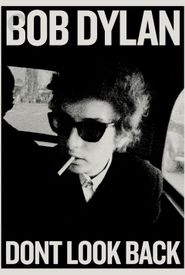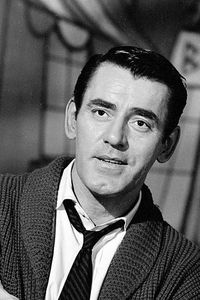Robert Allen Zimmerman, better known by his stage name Bob Dylan, was born on May 24, 1941, in Duluth, Minnesota, to a family that worked for the Standard Oil Company. Six years later, his family relocated to Hibbing, a city known for being one of the coldest places in the United States. It was during his time in Hibbing that Zimmerman began teaching himself how to play the piano and guitar, and he even formed several high school rock bands.
After graduating from high school, Zimmerman enrolled at the University of Minnesota in 1959, where he began performing as Bob Dylan at various clubs in Minneapolis and St. Paul. The following year, he moved to New York City and began performing in Greenwich Village folk clubs, spending a significant amount of time in the hospital room of his idol, Woody Guthrie.
In 1961, Columbia Records signed Zimmerman to a contract, and the following year, they released his debut album, which contained two original songs. His second album, "The Freewheelin' Bob Dylan," was released in 1963 and featured all original songs, including the iconic "Blowin' in the Wind." Over the next few years, Zimmerman released several more important acoustic/folk albums and went on tour with Joan Baez.
In 1965, Zimmerman launched into a new electric/acoustic format with his album "Bringing It All Back Home," which marked the beginning of the folk-rock genre. The documentary "Bob Dylan: Don't Look Back" was filmed during this time, and it captures Zimmerman's break-off with Baez and his subsequent marriage to Sara Lowndes.
In 1966, Zimmerman was involved in a motorcycle accident that nearly killed him, and he subsequently withdrew from the public eye for a period of introspection. After recovering, he returned to his music, releasing several more albums, including some that were more country-influenced.





























































































